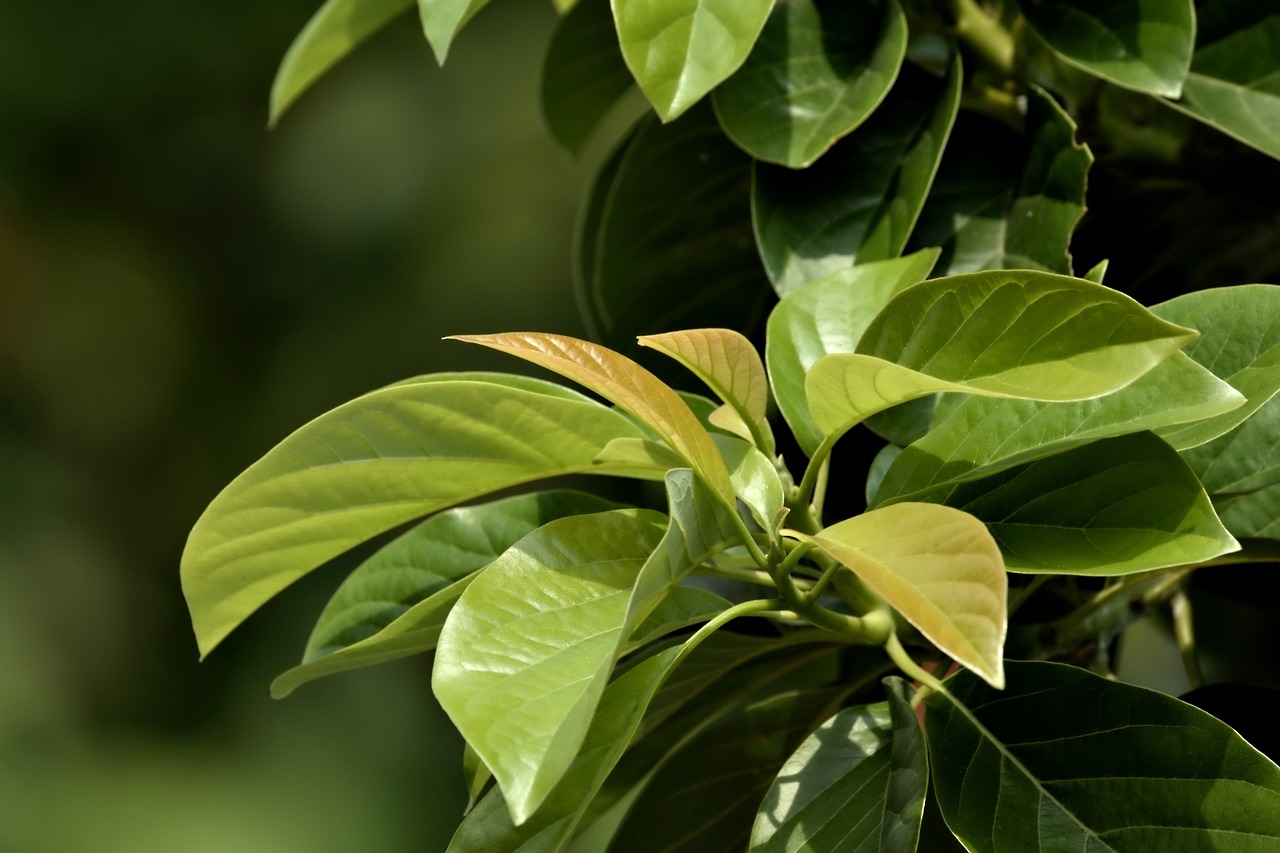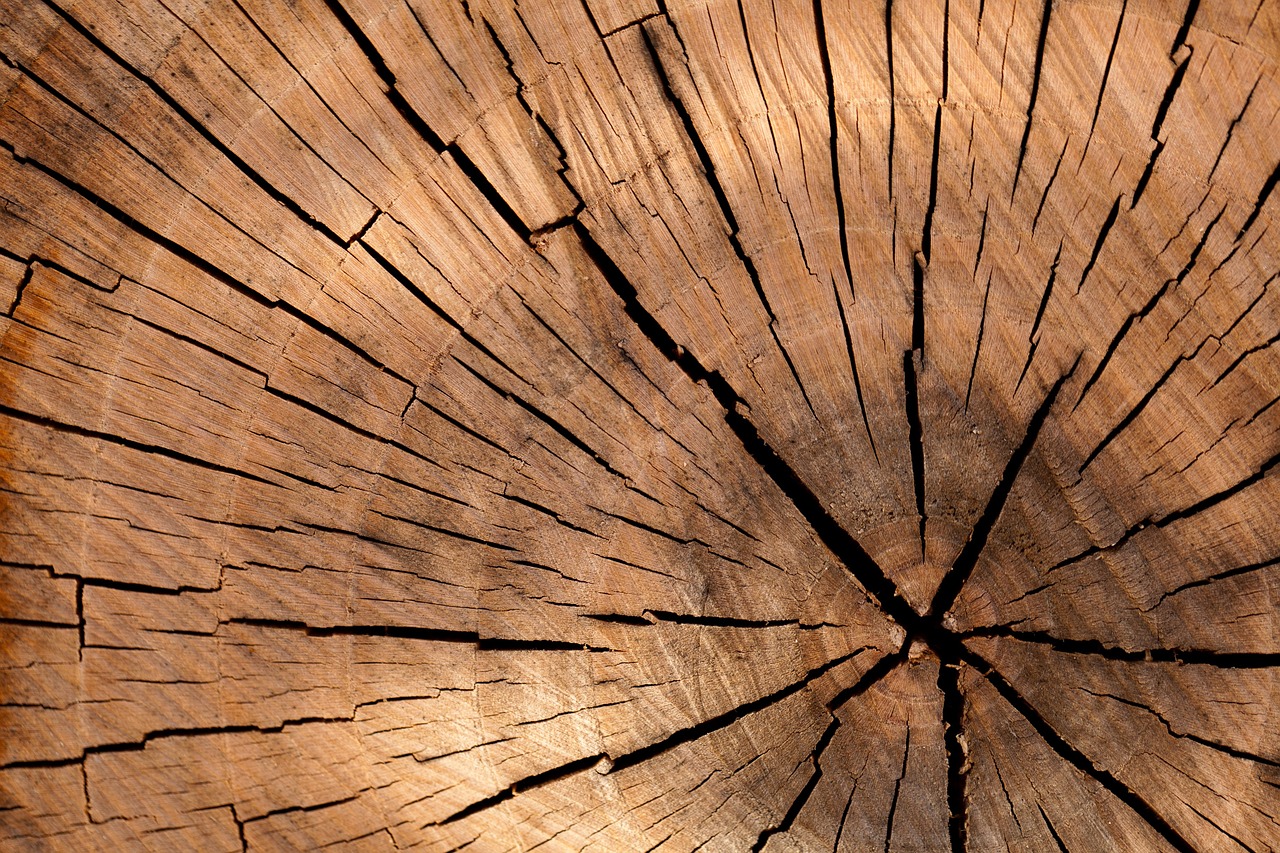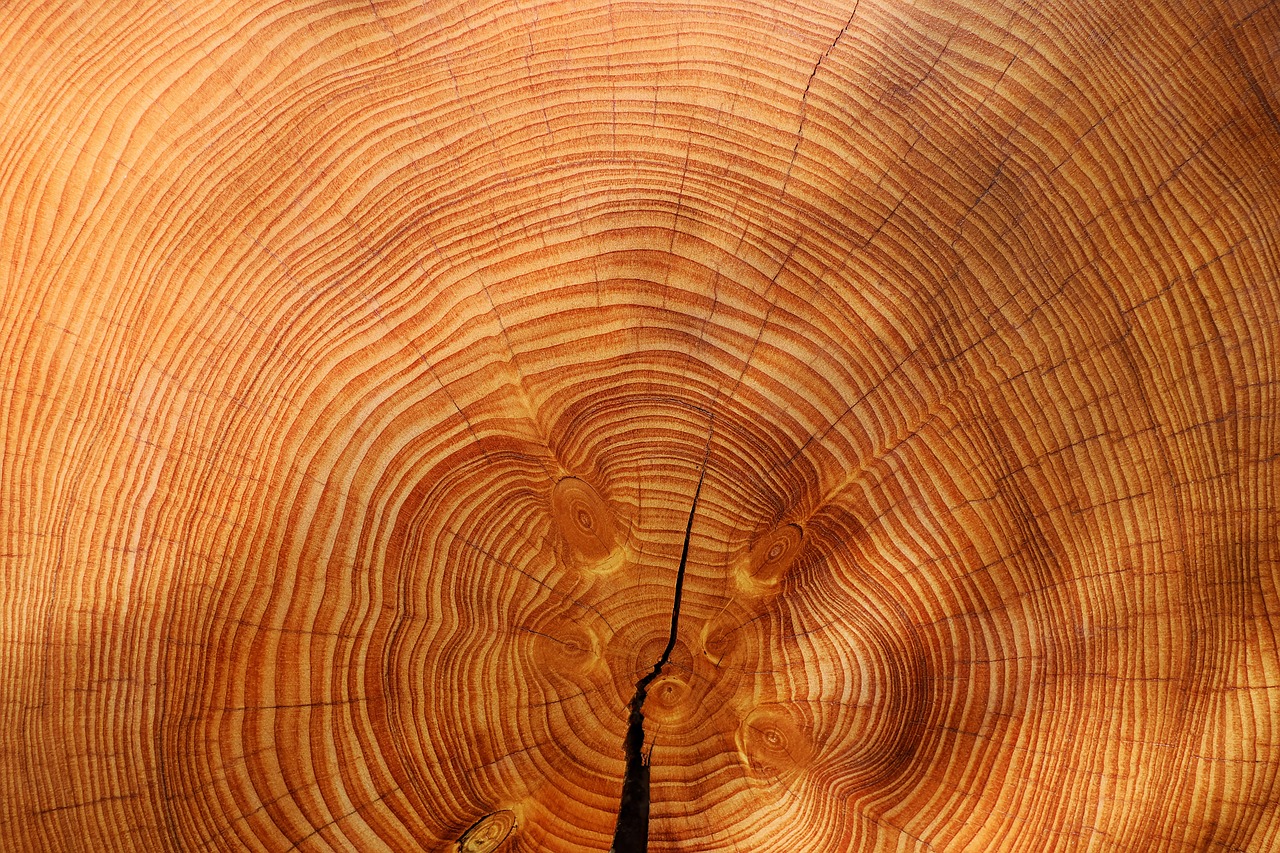To increase tree growth rate naturally, focus on providing optimal soil conditions, proper watering, regular mulching, and using organic fertilizers. Additionally, select suitable tree species for your environment and ensure they receive adequate sunlight and space for growth.
Trees play a vital role in our ecosystem. They provide oxygen, improve air quality, and support wildlife. However, their growth rates can vary significantly based on several factors. Understanding how to enhance these growth rates naturally is essential for gardeners and environmentalists alike. By implementing natural methods, you can promote healthier trees that grow faster and stronger.

Natural growth enhancement involves various practices that respect the ecosystem. These practices not only improve the growth rate of trees but also contribute to soil health and biodiversity. It is important to consider the specific needs of each tree species, as different trees may have unique requirements for optimal growth.
Factors Influencing Tree Growth
Several key factors impact the growth rate of trees. Understanding these factors can help you make informed decisions about how to care for your trees. Below are some of the essential elements that influence tree growth:
- Soil Quality: Healthy soil is fundamental to tree growth. Nutrient-rich soil promotes better root development and overall health.
- Water Availability: Trees require adequate water for photosynthesis and nutrient transportation. Both overwatering and underwatering can hinder growth.
- Sunlight Exposure: Most trees need full or partial sunlight to thrive. Insufficient light can slow growth rates significantly.
- Space: Trees need sufficient space to grow their roots and branches without competition from other plants.
By addressing these factors, you can create an environment conducive to faster tree growth. It is also important to note that certain species of trees naturally grow quicker than others. Below is a comparison of several common tree species and their average growth rates:

| Tree Species | Average Growth Rate (inches per year) |
|---|---|
| Red Maple | 24-36 |
| White Oak | 12-24 |
| Lodgepole Pine | 36-48 |
| Eastern Cottonwood | 48-60 |
Selecting the right tree species is crucial if you want to maximize growth rates. Fast-growing trees like the Eastern Cottonwood may be ideal for quick shade or windbreaks, while slower-growing varieties like the White Oak offer long-term benefits and stability.
Soil Preparation for Optimal Growth
The foundation for healthy tree growth lies in proper soil preparation. Before planting, it is essential to test the soil to determine its pH level and nutrient content. Most trees thrive in slightly acidic to neutral soil (pH 6.0 to 7.0). Here are some steps you can take to prepare the soil:
- Conduct a Soil Test: Check your soil’s pH and nutrient levels to understand what amendments may be needed.
- Add Organic Matter: Incorporate compost or well-rotted manure into the soil to improve its structure and nutrient content.
- Aerate the Soil: Loosen compacted soil to allow roots to penetrate easily and access water and nutrients.
- Mulch Appropriately: Apply organic mulch around the base of the tree to retain moisture, suppress weeds, and improve soil quality as it breaks down.
A well-prepared soil environment encourages faster root establishment, which directly correlates with the tree’s growth rate. By investing time in soil preparation, you set the stage for healthy, vigorous trees.

Watering Practices for Enhanced Growth
Watering is another critical aspect of promoting tree growth. Trees need a consistent water supply, especially during their early years. Here are some effective watering practices:
- Deep Watering: Water deeply but infrequently to encourage deep root growth.
- Monitor Soil Moisture: Check moisture levels regularly; use a moisture meter if necessary.
- Avoid Overwatering: Ensure good drainage to prevent root rot and other water-related issues.
By managing watering effectively, you can significantly enhance your tree’s growth potential while maintaining overall health.
Fertilization Techniques for Tree Growth
Fertilization is essential for providing trees with the nutrients they need for optimal growth. While natural methods can enhance soil fertility, understanding how and when to apply fertilizers can make a significant difference. Here are some effective fertilization techniques:
- Choose Organic Fertilizers: Organic options such as compost, well-rotted manure, or bone meal are excellent choices. They improve soil structure and provide a slow release of nutrients.
- Timing of Application: Fertilize during the growing season, typically in early spring or late fall, to align with the tree’s natural growth cycles.
- Soil Testing: Conduct regular soil tests to determine nutrient deficiencies and adjust your fertilization strategy accordingly.
- Application Method: Apply fertilizers evenly around the tree’s drip line, avoiding direct contact with the trunk to prevent damage.
Proper fertilization promotes vigorous growth and helps trees resist pests and diseases. It is important to tailor your fertilization plan to the specific needs of the tree species you are cultivating.

Mulching for Moisture Retention and Soil Health
Mulching is a beneficial practice that serves multiple purposes in tree care. It helps retain moisture, suppress weeds, and improve soil health as it decomposes. Below are some key points regarding effective mulching:
- Select the Right Mulch: Organic mulches, such as wood chips, straw, or grass clippings, are preferable. They break down over time and contribute nutrients back to the soil.
- Apply the Correct Thickness: A layer of 2 to 4 inches of mulch is generally ideal. Too much mulch can suffocate roots and promote rot.
- Keep Mulch Away from the Trunk: Maintain a gap of several inches between the mulch and the tree trunk to prevent moisture buildup that can lead to decay.
Regularly replenish mulch as it decomposes to maintain its effectiveness. This simple practice can significantly enhance tree growth by creating a stable environment.
Pest and Disease Management
Pests and diseases can inhibit tree growth if not managed properly. Implementing natural pest control measures is vital for maintaining healthy trees. Here are some strategies:
- Encourage Beneficial Insects: Ladybugs, lacewings, and predatory beetles can help control harmful pest populations. Create habitats for these beneficial insects by planting diverse flora.
- Natural Pesticides: Use organic solutions like neem oil or insecticidal soap to treat infestations. These are less harmful to beneficial insects and the environment.
- Regular Inspections: Check trees periodically for signs of pests or diseases, such as discolored leaves or unusual growth patterns. Early detection is key to effective management.
By being proactive about pest and disease management, you can protect your trees and promote faster growth rates.
Environmental Considerations for Tree Growth
When working to increase tree growth rates naturally, it is essential to consider environmental factors. Local climate conditions, soil type, and geographical location play a significant role in determining how well trees will grow. Here are some considerations:
- Climate Adaptation: Choose tree species that are well-suited to your local climate. Native species are often better adapted to local conditions and more resilient against pests and diseases.
- Microclimates: Identify microclimates in your garden or landscape that may provide unique growing conditions. Areas with more shade or wind protection can influence growth rates.
- Companion Planting: Pairing trees with compatible plants can enhance growth by improving soil health and providing natural pest control.
Understanding these environmental factors helps create a supportive ecosystem for trees to thrive, ultimately increasing their growth rates naturally.
The Role of Sunlight in Tree Growth
Sunlight is another critical factor influencing tree growth rates. Trees require adequate light for photosynthesis, which fuels their growth. Here are some tips for ensuring sufficient sunlight exposure:
- Select Appropriate Locations: Plant trees in areas that receive full or partial sunlight for most of the day. Avoid shaded spots where growth may be stunted.
- Avoid Competition: Regularly prune nearby vegetation that may overshadow young trees. This ensures they receive maximum sunlight.
- Consider Tree Canopy: Be mindful of how mature trees will cast shadows on younger ones, especially as they grow larger over time.
By maximizing sunlight exposure, you support robust photosynthesis and encourage accelerated growth rates in your trees.
Pruning Techniques for Enhanced Tree Growth
Pruning is a vital practice that can significantly influence the growth rate of trees. By selectively removing certain branches, you can improve the tree’s structure, health, and overall growth. Here are some effective pruning techniques:
- Timing Your Pruning: The best time to prune most trees is during their dormant season in late winter or early spring. This minimizes stress on the tree and promotes vigorous growth when the growing season begins.
- Remove Dead or Diseased Wood: Regularly inspect trees for dead, damaged, or diseased branches. Removing these helps prevent the spread of diseases and allows the tree to focus its energy on healthy growth.
- Thin Crowded Branches: If branches are overcrowded, thin them out to improve air circulation and light penetration. This encourages healthier growth and reduces the risk of disease.
- Shape the Tree: Aim for a balanced structure by maintaining a central leader and evenly spaced lateral branches. This improves stability and promotes an attractive form.
Proper pruning can stimulate new growth and improve overall tree vigor. It is important to use clean, sharp tools to make precise cuts and minimize damage to the tree.
Companion Planting for Tree Growth
Companion planting involves growing different plants close together to enhance each other’s growth. This practice can be especially beneficial for trees. Here are some advantages of companion planting:
- Pest Control: Certain plants can repel pests that may harm trees. For example, planting marigolds near fruit trees may deter aphids.
- Nutrient Sharing: Some plants, like legumes, fix nitrogen in the soil, which benefits nearby trees by improving soil fertility.
- Soil Erosion Prevention: Ground cover plants can help reduce soil erosion around tree roots, preserving moisture and nutrients in the soil.
When selecting companion plants, consider their compatibility with the tree species. Native plants often work well in creating a balanced ecosystem that supports tree growth.
The Importance of Biodiversity
Biodiversity plays a crucial role in promoting tree growth. A diverse ecosystem can enhance soil health, nutrient cycling, and pest control. Here are some ways to encourage biodiversity in your area:
- Plant a Variety of Species: Incorporate a mix of trees, shrubs, flowers, and grasses to create a more resilient ecosystem.
- Create Habitats: Install birdhouses, bat boxes, or insect hotels to attract beneficial wildlife that can help with pest management.
- Avoid Monocultures: Planting large areas with a single species can lead to vulnerabilities. Diverse plantings are more resilient to pests and diseases.
By fostering biodiversity, you create a supportive environment that not only enhances tree growth but also promotes overall ecosystem health.
Understanding Soil Microorganisms
Soil microorganisms are essential for healthy tree growth. They play a critical role in nutrient cycling, organic matter decomposition, and soil structure improvement. Here’s how you can promote beneficial soil microorganisms:
- Avoid Chemical Pesticides: Chemicals can harm beneficial microorganisms. Opt for organic alternatives whenever possible.
- Add Organic Matter: Incorporate compost and other organic materials into the soil to provide food for microorganisms and improve soil structure.
- Practice Minimal Tillage: Reducing soil disturbance helps protect microbial communities and maintains a healthy soil ecosystem.
Encouraging healthy soil microorganisms not only boosts tree growth but also enhances overall soil health, making it more resilient and productive.
Seasonal Care for Trees
Caring for trees throughout the seasons is crucial for their growth and health. Each season presents unique challenges and opportunities for tree care:
- Spring: This is the ideal time for planting new trees and applying fertilizers. Ensure young trees receive adequate water as they establish roots.
- Summer: Monitor for pests and diseases while ensuring consistent watering during dry spells. Mulching can help retain soil moisture.
- Fall: This is the time for pruning and preparing trees for winter. Fertilizing in fall can help trees store nutrients for the next growing season.
- Winter: Protect young trees from harsh winter conditions by wrapping trunks or using protective fences against animals.
Seasonal care helps ensure that trees remain healthy throughout their life cycle, ultimately contributing to increased growth rates.
Additional Techniques for Promoting Tree Growth
In addition to the previously discussed methods for enhancing tree growth, there are several other techniques that can be employed to further improve the health and vigor of trees. These methods focus on creating a favorable environment and encouraging strong growth:
- Use Mycorrhizal Fungi: Mycorrhizal fungi form symbiotic relationships with tree roots, helping them absorb nutrients and water more efficiently. You can introduce mycorrhizal inoculants into the soil when planting or transplanting trees.
- Implement Proper Spacing: Space trees appropriately to prevent overcrowding and competition for resources. This allows each tree to access sunlight, nutrients, and water without hindrance.
- Watering Techniques: Utilize drip irrigation systems to provide consistent moisture directly to the root zone. This method is efficient and reduces water waste.
- Protect from Environmental Stress: Shield young trees from harsh weather conditions, such as strong winds or excessive heat, by using shade cloths or windbreaks during vulnerable periods.
These additional techniques can complement the previously mentioned strategies, contributing to healthier trees with improved growth rates.
Understanding Tree Growth Stages
It is important to understand the different growth stages of trees to provide appropriate care at each phase. Each stage has unique requirements that can affect overall growth:
| Growth Stage | Description | Care Tips |
|---|---|---|
| Seedling Stage | The initial phase where the tree emerges from the seed. | Provide consistent moisture and protect from pests. |
| Young Tree Stage | When the tree establishes roots and starts to grow taller. | Ensure adequate sunlight and space; mulch to retain moisture. |
| Mature Tree Stage | The tree reaches its full height and spreads its canopy. | Regularly prune and monitor for diseases; maintain soil health. |
By tailoring your care strategies according to the growth stage of your trees, you can maximize their growth potential and longevity.
Community Involvement and Education
Engaging with the community can further enhance tree growth efforts. Here are ways to promote awareness and participation in tree care:
- Organize Tree Planting Events: Encourage community participation by organizing tree planting days. This not only increases tree numbers but also educates participants on proper tree care.
- Create Educational Workshops: Host workshops that teach people about tree care techniques, such as pruning, pest management, and fertilization.
- Promote Urban Forestry Programs: Advocate for local urban forestry initiatives aimed at increasing green spaces in urban areas. These programs often provide resources and support for tree care.
By fostering community involvement, you can create a collective responsibility towards maintaining healthy trees and enhancing local ecosystems.
Final Thoughts
Increasing the growth rate of trees naturally requires a multifaceted approach that includes proper soil preparation, adequate watering, effective fertilization, pest management, and seasonal care. By understanding the essential factors that influence tree growth—such as sunlight, soil health, and biodiversity—individuals can create supportive environments for their trees.
Implementing techniques like companion planting, pruning, and utilizing beneficial microorganisms will further enhance growth rates while promoting overall tree health. Additionally, engaging with the community through education and participation can lead to greater awareness of the importance of trees in our ecosystems.
Through commitment and informed practices, anyone can contribute to healthier, faster-growing trees that benefit our environment for generations to come. Whether you are a seasoned gardener or a novice, the natural methods outlined in this article can help you cultivate thriving trees in your landscape.
